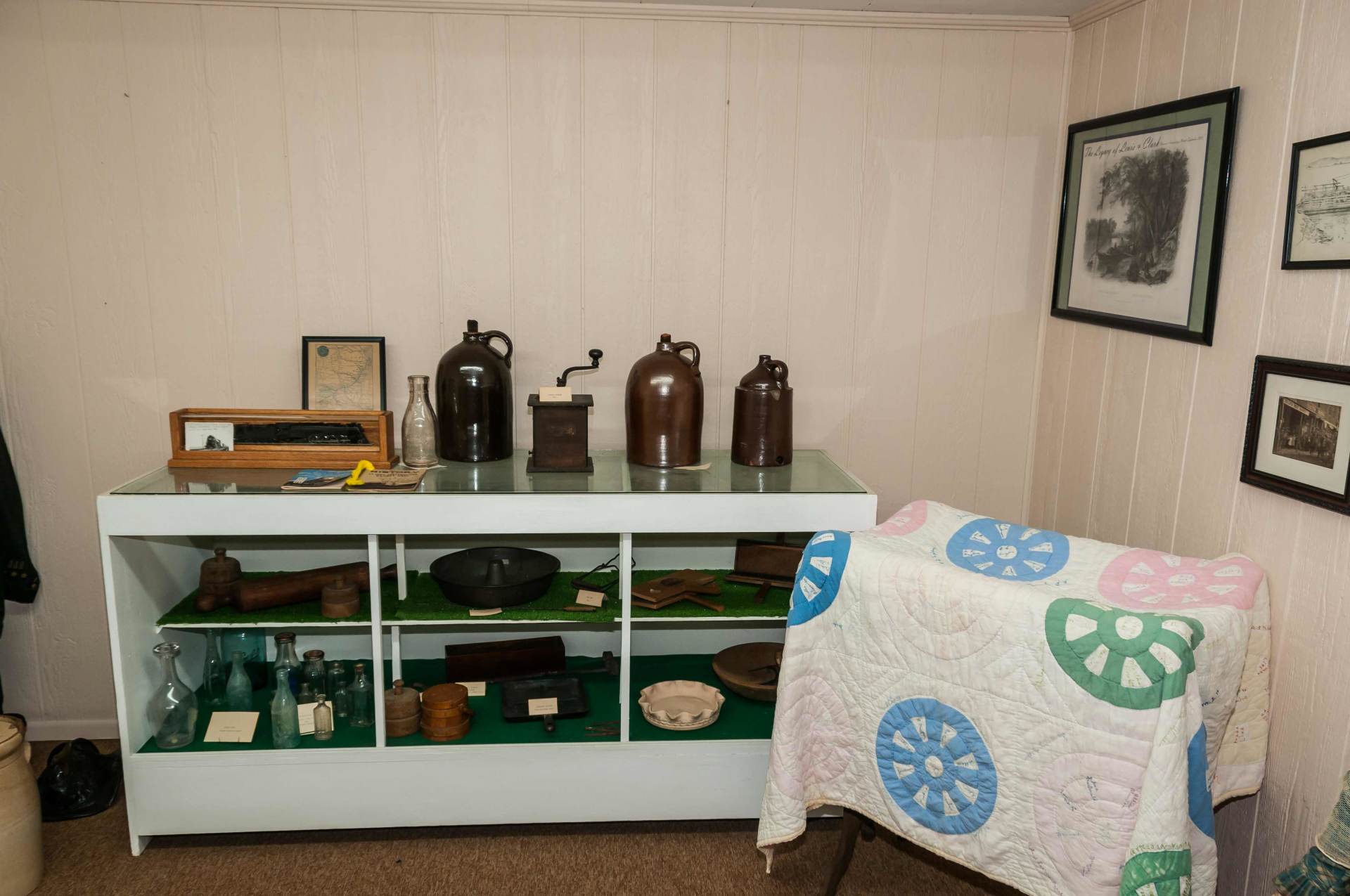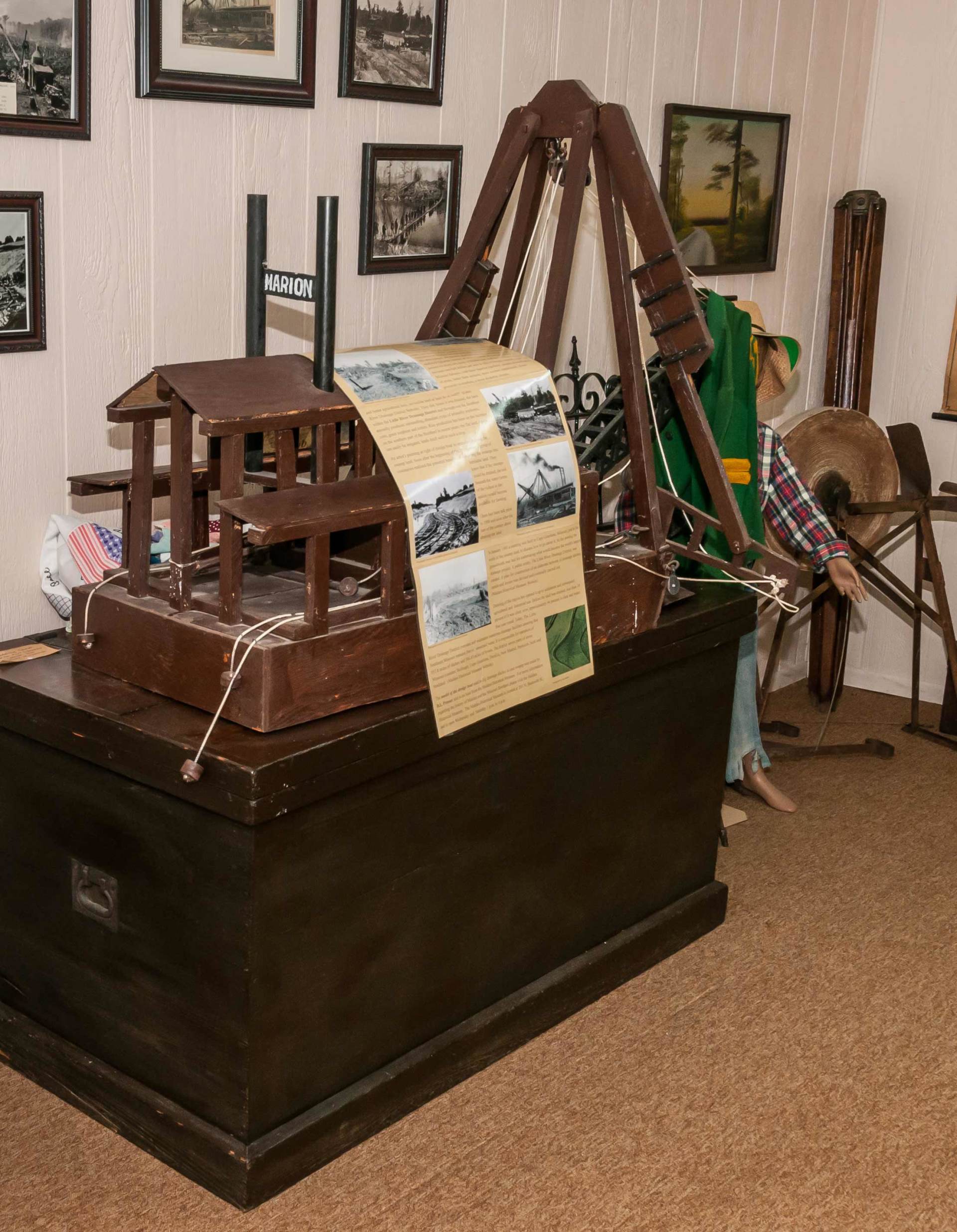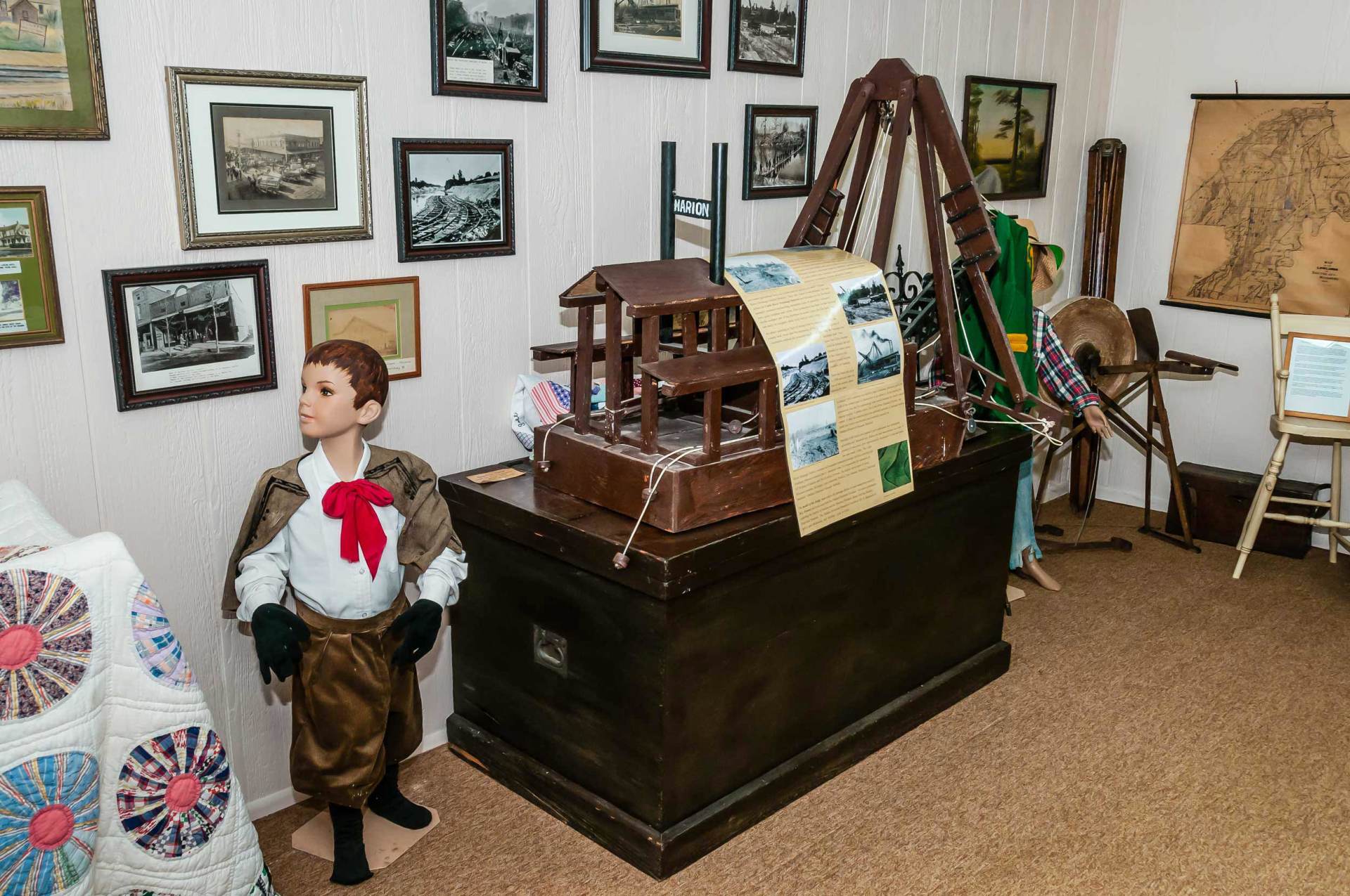The Little River Drainage DistrictDraining the Big Swamp
Reprinted on Sunday, October 3, 2004 [originally published on March 4, 1993] By Sam Blackwell, of the Southeast Missourian.
Just after the dawn of the 20th century, a group of businessmen set out to mop up the swamp that was Southeast Missouri. The job, the largest drainage project ever attempted at the time, was completed in a stretch from 1909 to 1926 at a cost of $11 million.
It turned some half a million acres of soupy cypress forests into some of the state's most fertile agricultural land.
Often called Dark Cypress, the Big Swamp or the Great Swamp, the area in the flood plain south of Benton in Southeast Missouri was all but uninhabited by humans until early in the 20th century. All kinds of wildlife, including bears, abounded. beginning
‘It has a mystique of its own,´ says Frank Nickell, director of the Center for Regional History at Southeast Missouri State University. ‘... It was sort of a forbidden area. There were very few trails in it.´
The marshlands, then constituting one of the largest swamps in the American interior, would have resembled the Mingo National Wildlife Refuge, which, ironically, is an artificial swamp resurrected from cornfields.
Transforming the Big Swamp was Herculean work that required mosquito-repellent men, steam-powered stump pullers and dredges, and about 20 years.







